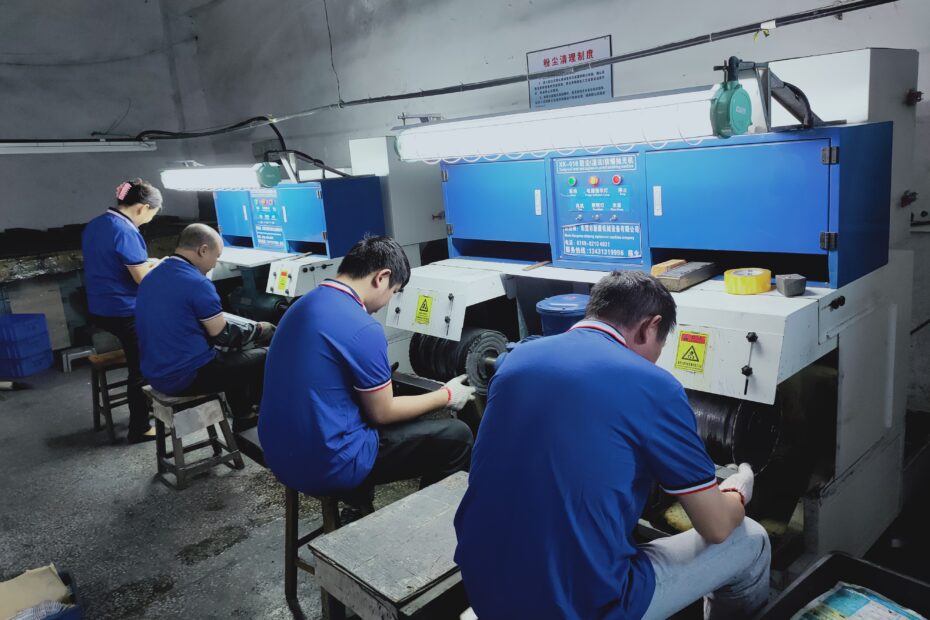There are plenty of ways to go about polishing all of your metal pieces. Some people will do this by hand to rub off all of the discolouration. However, there are easier ways of going about it. Professional metal polishing factory like ours will do the polishing for you. Two techniques that are used to polish metal is barrel polishing and deflashing. Both are similar in their foundation, but there are parts of the process that a quite different. Continue reading to understand the basics of deflashing..
What is Barrel Polishing?
In barrel polishing, metal pieces are added into a barrel with water and other metal pieces. The vibrations of the barrel create a tumbling movement of the parts with rubs all the discolouration off and enabling it to shine up.
What is Deflashing?
Deflashing is similar to barrel polishing, but some parts of the process differ. For instance, you do not add the metal pieces in the barrel with water to lubricate it. Instead, once the pieces are in a barrel, they are flashed with very cold temperatures, cryogenic temperatures. This helps remove the nasty bits from the pieces of metal.
Cryogenic Deflashing
The idea of cryogenic deflashing starts in a barrel, and then usually liquid nitrogen is added in with the metal you are looking to polish. This is to basically get them to a very frozen temperature. After this is achieved, the pieces are then blasted and tumbled with other pieces of metal pellets, much like the barrel polishing. Consequently, this allows the imperfections to disappear from the metal pieces. Sometimes, depending on the company doing it, there is no need for the blasting part, only the tumbling. So, it depends on who is doing it, and their process.
When these pieces come out of the barrel, they look basically brand new, and are shiny and smooth. Furthermore, it is one great way of getting those older and tarnished pieces looking like the day you first bought them. This process works on many small pieces, like fasteners and washers. It even works on some other materials like silicones and plastics.
Removal of the waste edge, or flash, from a molded-rubber part is accomplished in a number of ways, depending on the material, part size, tolerance and quantity.
Original blog from supersheen uk blog website, Metal Finishing: The Basics of Deflashing
